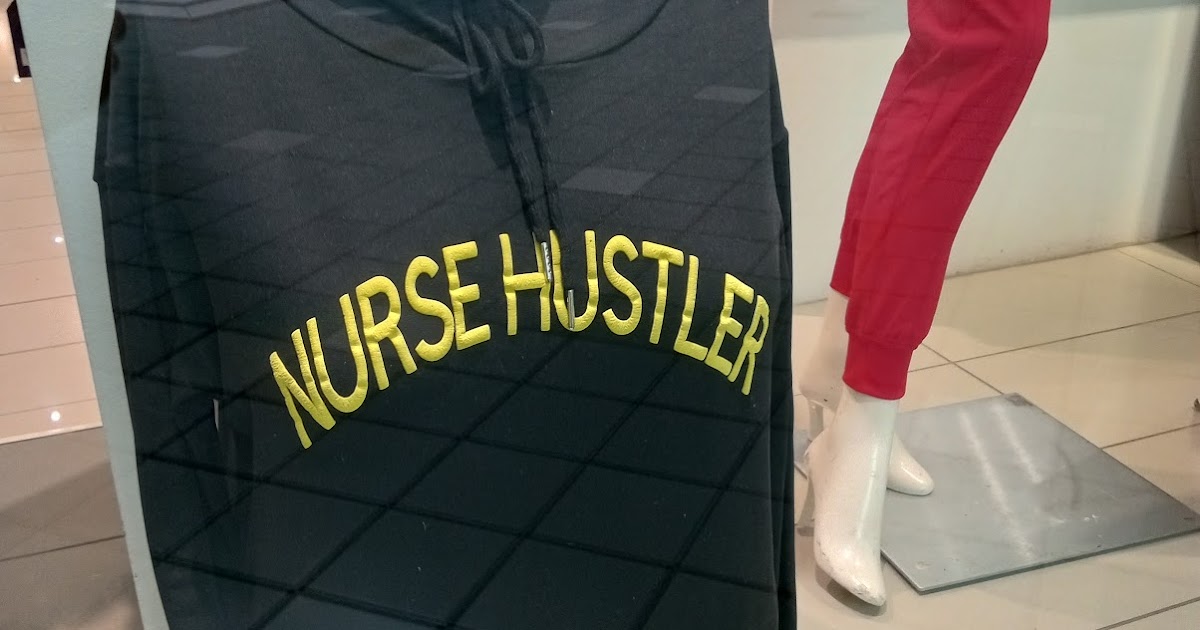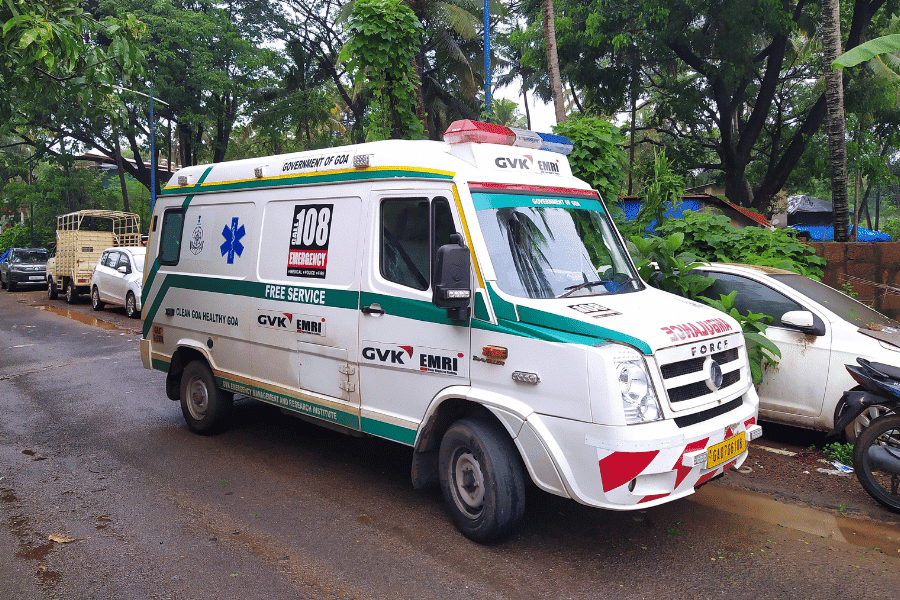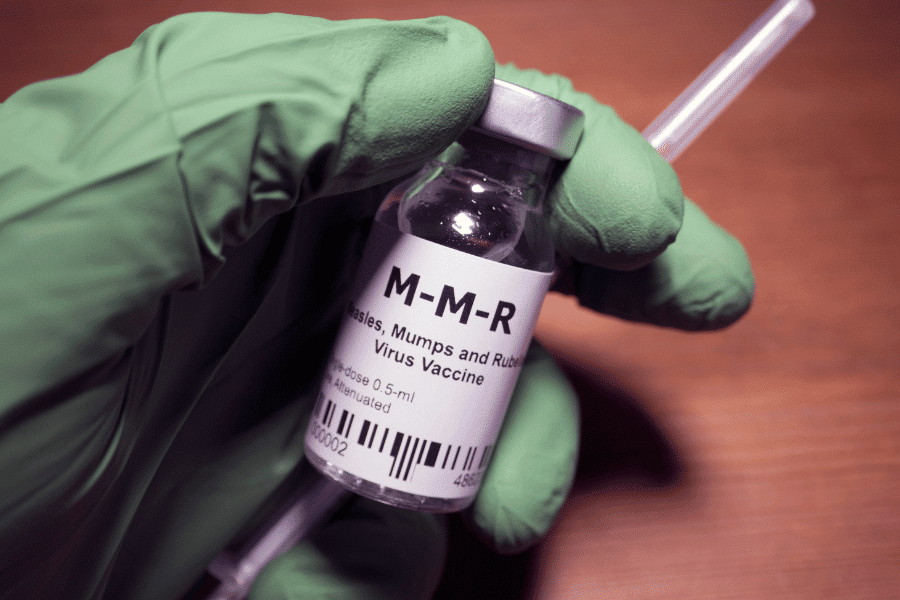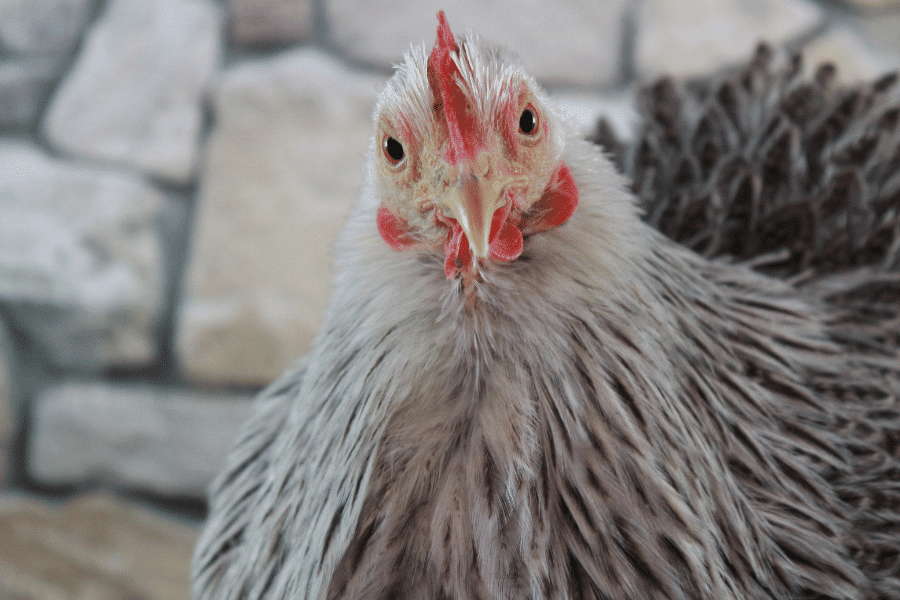Nursing has long been romanticized as both a “calling” and a profession—an occupation where devotion to patients is assumed to be limitless. Nursing schools, hospitals, and media narratives often reinforce this ideal, framing the nurse as a tireless caregiver who sacrifices for the greater good. But behind the cultural image is a system that normalizes exhaustion, accepts overwork, and relies on the quiet suffering of an increasingly strained workforce.
The cultural expectation that nurses should sacrifice their own well-being has deep historical roots. Florence Nightingale’s legacy in the mid-19th century portrayed nursing as a noble vocation, tied as much to moral virtue as to medical skill. During World War I and World War II, nurses were celebrated as patriotic servants, enduring brutal conditions without complaint. By the late 20th century, popular culture reinforced the idea of the nurse as both saintly and stoic—expected to carry on through fatigue, trauma, and loss. This framing has carried into the 21st century. During the COVID-19 pandemic, nurses were lauded as “heroes” in speeches, advertisements, and nightly news coverage. But the rhetoric of heroism masked a harsher reality: nurses were sent into hospitals without adequate protective equipment, with overwhelming patient loads, and with little institutional support. The language of devotion was used as a shield against criticism, even as nurses themselves broke down from exhaustion.
The problem begins in nursing education. Students are taught the technical skills of patient care, but they are also socialized into a culture that emphasizes resilience, self-sacrifice, and “doing whatever it takes.” Clinical rotations often expose nursing students to chronic understaffing and unsafe patient loads, but instead of treating this as structural failure, students are told it is simply “the reality of nursing.” In effect, they are trained to adapt to dysfunction rather than challenge it.
Once in the workforce, the pressures intensify. Hospitals and clinics operate under tight staffing budgets, pushing nurses to manage far more patients than recommended. Shifts stretch from 12 to 16 hours, and mandatory overtime is not uncommon. Documentation demands, electronic medical record systems, and administrative oversight add layers of clerical work that take time away from direct patient care. The emotional toll of constantly navigating life-and-death decisions, combined with lack of rest, creates a perfect storm of burnout. The grand irony is that the profession celebrates devotion while neglecting the well-being of the devoted. Nurses are praised as “heroes” during crises, but when they ask for better staffing ratios, safer conditions, or mental health support, they are often dismissed as “not team players.” In non-unionized hospitals, the risks are magnified: nurses have little leverage to negotiate schedules, resist unsafe assignments, or push back against retaliation. Instead, they are expected to remain loyal, even as stress erodes their health and shortens their careers.
Recent years have shown that nurses are increasingly unwilling to accept this reality. In Oregon in 2025, nearly 5,000 unionized nurses, physicians, and midwives staged the largest health care worker strike in the state’s history, demanding higher wages, better staffing levels, and workload adjustments that reflect patient severity rather than just patient numbers. After six weeks, they secured a contract with substantial pay raises, penalty pay for missed breaks, and staffing reforms. In New Orleans, nurses at University Medical Center have launched repeated strikes as negotiations stall, citing unsafe staffing that puts both their health and their patients at risk. These actions are not isolated. In 2022, approximately 15,000 Minnesota nurses launched the largest private-sector nurses’ strike in U.S. history, and since 2020 the number of nurse strikes nationwide has more than tripled.
Alongside strikes, nurses are pushing for legislative solutions. At the federal level, the Nurse Staffing Standards for Hospital Patient Safety and Quality Care Act has been introduced, which would mandate minimum nurse-to-patient ratios and provide whistleblower protections. In New York, the Safe Staffing for Hospital Care Act seeks to set legally enforceable staffing levels and ban most mandatory overtime. Even California, long considered a leader in nurse staffing ratios, has faced crises in psychiatric hospitals so severe that Governor Gavin Newsom introduced emergency rules to address chronic understaffing linked to patient harm. Enforcement remains uneven, however. At Albany Medical Center in New York, chronic understaffing violations led to hundreds of thousands of dollars in fines, a reminder that without strong oversight, even well-crafted laws can be ignored.
The United States’ piecemeal and adversarial approach contrasts sharply with other countries. In Canada, provinces like British Columbia have legislated nurse-to-patient ratios similar to those in California, and in Quebec, unions won agreements that legally cap workloads for certain units. In the United Kingdom, the National Health Service has long recognized safe staffing as a matter of public accountability, and while austerity policies have strained the system, England, Wales, and Scotland all employ government-set nurse-to-patient standards to protect both patients and staff. Nordic countries go further, with Sweden and Norway integrating nurse well-being into health policy; short shifts, strong union protections, and publicly funded healthcare systems reduce the risk of burnout by design. While no system is perfect, these models show that burnout is not inevitable—it is a political and policy choice.
Union presence consistently makes a difference. Studies show that unionized nurses are more successful at securing safe staffing ratios, resisting exploitative scheduling, and advocating for patient safety. But unionization rates in nursing remain uneven, and in many states nurses are discouraged or even legally restricted from organizing. Without collective power, individual nurses are forced to rely on personal endurance, which is precisely what the system counts on.
The outcome is devastating not only for nurses but for patients. Burnout leads to higher turnover, staffing shortages, and medical errors—all while nursing schools continue to churn out new graduates to replace those driven from the profession. It is a cycle sustained by institutional denial and the myth of infinite devotion.
If U.S. higher education is serious about preparing nurses for the future, nursing programs must move beyond the rhetoric of sacrifice. They need to teach students not only how to care for patients but also how to advocate for themselves and their colleagues. They need to expose the structural causes of burnout and prepare nurses to demand better conditions, not simply endure them. Until then, the irony remains: a profession that celebrates care while sacrificing its caregivers.
Sources
-
American Nurses Association (ANA). “Workplace Stress & Burnout.” ANA Enterprise, 2023.
-
National Nurses United. Nursing Staffing Crisis in the United States, 2022.
-
Bae, S. “Nurse Staffing and Patient Outcomes: A Literature Review.” Nursing Outlook, Vol. 64, No. 3 (2016): 322-333.
-
Bureau of Labor Statistics. “Union Members Summary.” U.S. Department of Labor, 2024.
-
Shah, M.K., Gandrakota, N., Cimiotti, J.P., Ghose, N., Moore, M., Ali, M.K. “Prevalence of and Factors Associated With Nurse Burnout in the US.” JAMA Network Open, Vol. 4, No. 2 (2021): e2036469.
-
Nelson, Sioban. Say Little, Do Much: Nursing, Nuns, and Hospitals in the Nineteenth Century. University of Pennsylvania Press, 2001.
-
Kalisch, Philip A. & Kalisch, Beatrice J. The Advance of American Nursing. Little, Brown, 1986.
-
Oregon Capital Chronicle, “Governor Kotek Criticizes Providence Over Largest Strike of Health Care Workers in State History,” January 2025.
-
Associated Press, “Oregon Health Care Strike Ends After Six Weeks,” February 2025.
-
National Nurses United, “New Orleans Nurses Deliver Notice for Third Strike at UMC,” 2025.
-
NurseTogether, “Nurse Strikes: An Increasing Trend in the U.S.,” 2024.
-
New York State Senate Bill S4003, “Safe Staffing for Hospital Care Act,” 2025.
-
San Francisco Chronicle, “Newsom Imposes Emergency Staffing Rules at State Psychiatric Hospitals,” 2025.
-
Times Union, “Editorial: Hospital’s Staffing Violations Show Need for Enforcement,” 2025.
-
Oulton, J.A. “The Global Nursing Shortage: An Overview of Issues and Actions.” Policy, Politics, & Nursing Practice, Vol. 7, No. 3 (2006): 34S–39S.
-
Rafferty, Anne Marie et al. “Outcomes of Variation in Hospital Nurse Staffing in English Hospitals.” BMJ Quality & Safety, 2007.
-
Aiken, Linda H. et al. “Nurse Staffing and Education and Hospital Mortality in Nine European Countries.” The Lancet, Vol. 383, No. 9931 (2014): 1824–1830.










